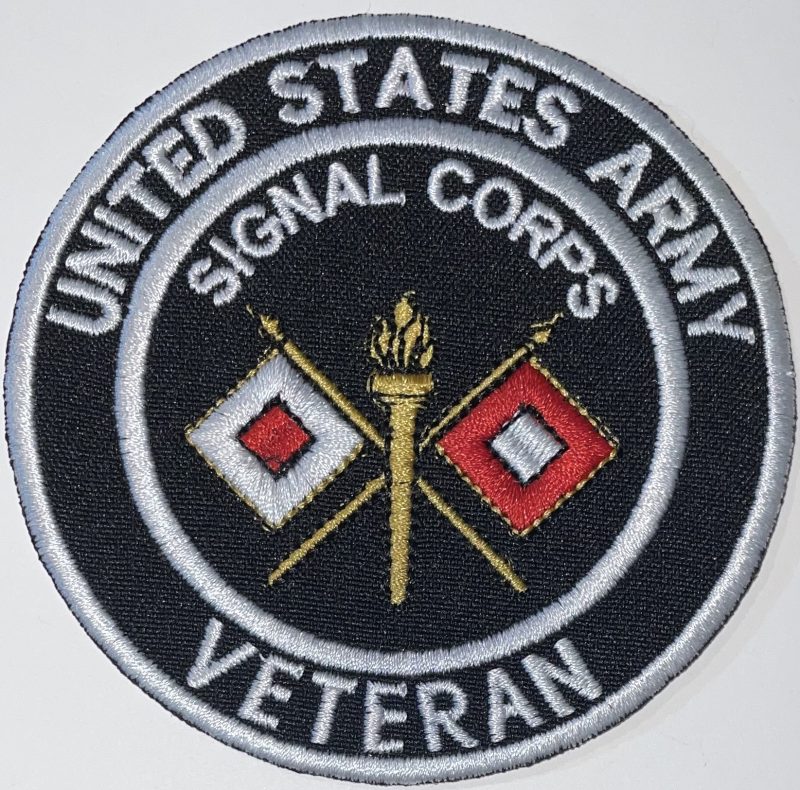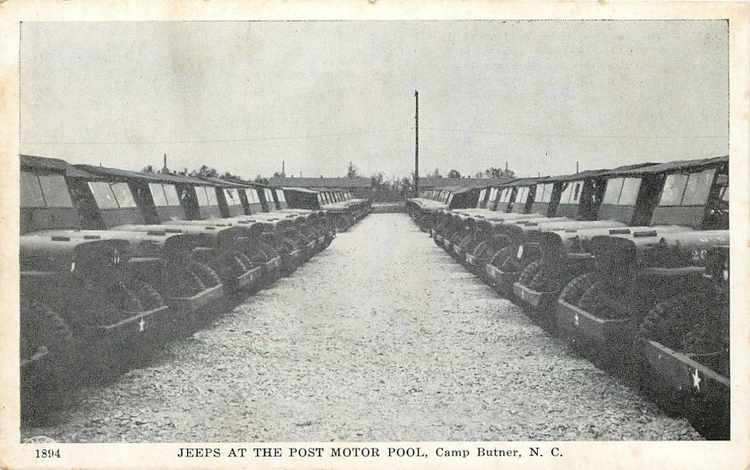

On 19 April 2013, Minister of National Defence, Peter MacKay, announced that the designation of "Royal Canadian Corps of Signals" would be restored for the army component within the Communications and Electronics Branch. When the Canadian Army, Royal Canadian Air Force and Royal Canadian Navy were unified in 1968 to form the Canadian Forces, the RCCS was amalgamated into the Canadian Forces' Communications and Electronics Branch. The RCCS operated the Ennadai Lake Radio Station (VEJ) from the summer of 1949 until 18 September 1954 when it was turned over to the Department of Transportation. Post-War ĭuring the 50s and 60s, the RCCS operated Emergency Government Headquarters, nicknamed "Diefenbunkers", that served to ensure the continuity of government at the height of the Cold War. With such efforts by the PPCLI and signallers, The UN mission stopped North Korean aggression and subsequently provided deterrence that lead to an armistice, signed on 27 July 1953. Princess Patricia's Canadian Light Infantry (PPCLI), with their attached signallers, held their position against a much larger enemy force during the first North Korean spring offensive. Signallers served the war effort with distinction in multiple battles, one of which was the Battle of Kapyong. The RCCS was disbursed among the Canadian regiments as well as some American units and contributed to the overall success of the UN mission. Over 26,700 Canadian troops served as part of the British Commonwealth Forces Korea. Canada was one of the countries to intercede in the conflict. A United Nations-led coalition was formed with 16 countries providing troops.

In June 1950 North Korea invaded South Korea, initiating a conflict that became the Korean War. Finally, the RCCS was aligned in nomenclature with the regular component as The Royal Canadian Corps of Signals on 22 March 1948, after the conclusion of the Second World War. Many signallers became involved in the clandestine work of Pat Bayly and Sir William Stephenson. From the outset of the Second World War and before Canada's participation in 1939 members of the RCCS were active setting up radio equipment and signalling infrastructure at Camp X near Oshawa on Lake Ontario. Meanwhile, on 1 August 1921, the militia component was re-titled Canadian Corps of Signals redesignated Royal Canadian Corps of Signals on 29 April 1936 (as part of the larger military restructuring that year). Shortly thereafter, on 15 June 1921, King George V, the Canadian monarch, bestowed on the permanent force portion of the organization the title The Royal Canadian Corps of Signals. This was redesignated The Canadian Permanent Signal Corps on 15 December 1920. On 1 April 1919 as part of the restructuring based on experiences during the Great War, a regular (Permanent Active Militia) component was established as the Canadian Signalling Instructional Staff. It was redesignated The Canadian Signal Corps on 4 June 1913. Major Wallace Bruce Matthews Carruthers established a militia ( Non-Permanent Active Militia) component of signallers under the designation Signalling Corps on 24 October 1903, making it the first independent signal corps in the British Empire.

At the bottom is a ribbon with the text velox, versutus, vigilans and eight maple leaves. At the centre of the circle is the Roman god Mercury. In the Second World War era, the corps badge consisted of a circle, with a Tudor Crown on top with the text Royal Canadian Corps of Signals around the edge. There are detachments of signallers at bases around Canada and other DND facilities.

Upon completion of their trade's training, signallers are posted to one of three mechanized brigade groups in Canada, or the Canadian Forces Joint Signal Regiment at CFB Kingston. Signallers receive their training at CFB Kingston, Ontario, at the Canadian Forces School of Communication and Electronics (CFSCE). It provides communication support and information systems for the Canadian Army. The Royal Canadian Corps of Signals was re-instituted in 2013. Prior to 1968 it was a combat support corps of the Canadian Army. The Royal Canadian Corps of Signals ( RCCS or RC Sigs French: Corps des transmissions royal du Canada, CTRC ) is a component within the Canadian Armed Forces' Communications and Electronics Branch, consisting of all members of that personnel branch who wear army uniform.


 0 kommentar(er)
0 kommentar(er)
